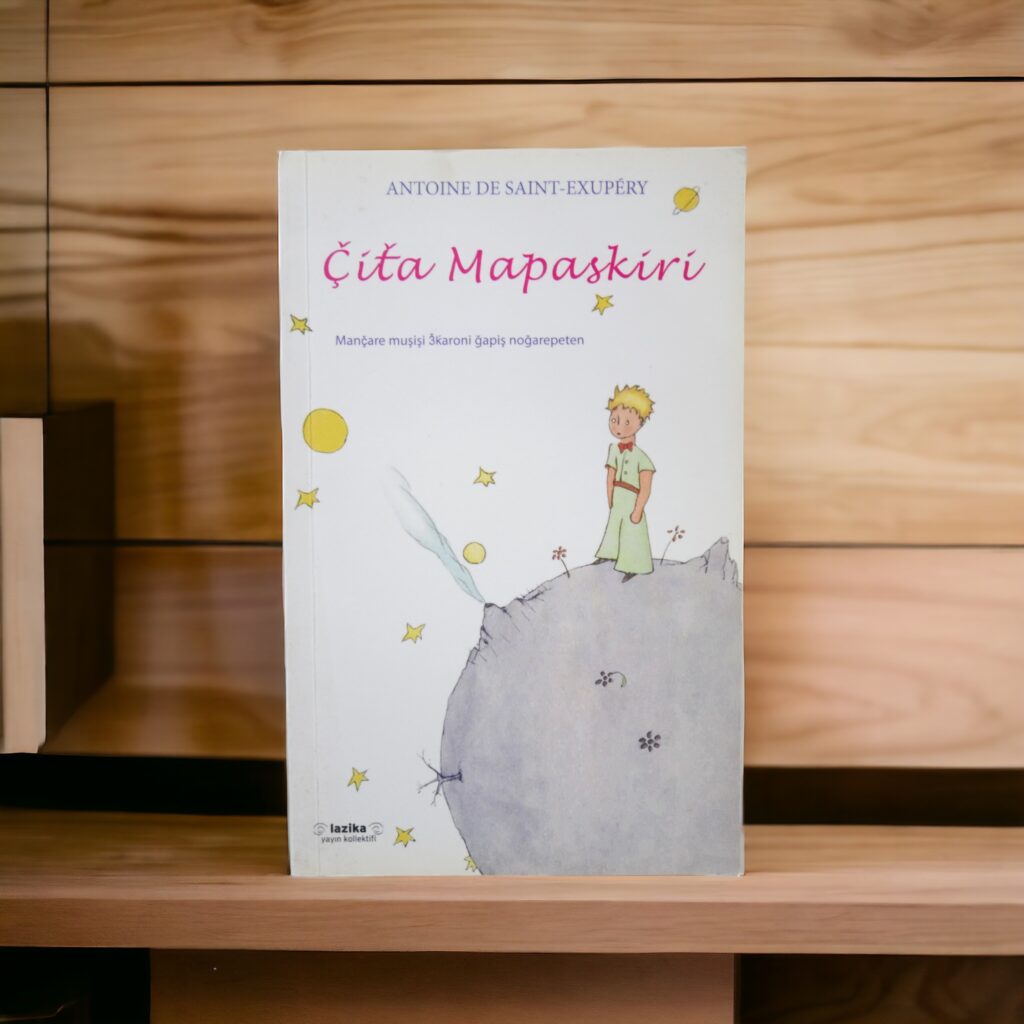
Čita Mapaskiri — in Ardeşen dialect of Laz language.
The Laz language (ლაზური ნენა, lazuri nena) is a fascinating and endangered member of the South Caucasian or Kartvelian language family, closely related to Georgian, Mingrelian, and Svan. Spoken primarily along the southeastern Black Sea coast, especially in Turkey’s Rize and Artvin provinces, as well as parts of southwestern Georgia, Laz is a living remnant of the ancient Colchian civilisation—its speakers thought to be descendants of the Lazic kingdom that once formed a cultural and political bridge between the Roman and Persian worlds. Though Laz shares deep grammatical structure and historical roots with Georgian, it is not mutually intelligible with it, and it retains a distinct vocabulary and phonology. A typical phrase like “Ma nena Lazuri a?” (“Do you speak Laz?”) already reflects its divergence from its better-known sibling.
Laz society traditionally revolved around fishing, tea cultivation, and pastoralism, and its language has long been shaped by a rich oral culture—songs, laments, riddles, and storytelling passed across generations. The Laz are also known for their polyphonic singing, complex folk dances, and deeply communal traditions tied to both Muslim and pre-Islamic heritage.
Linguistically, Laz is known for its agglutinative structure, extensive verb inflection, and split ergativity—features that mark it as a true relative of Georgian, but very different from neighbouring Indo-European or Turkic languages. In contrast to Northwest Caucasian languages like Abkhaz or Kabardian, which are rich in consonants and sparse in vowels, Laz has a more balanced phonology, but it remains grammatically demanding, with verbs encoding subject, object, tense, mood, and direction in a single word. For example, a verb like giyomu can carry the meaning “I will go” in just one word—compressing temporal and personal information seamlessly.


